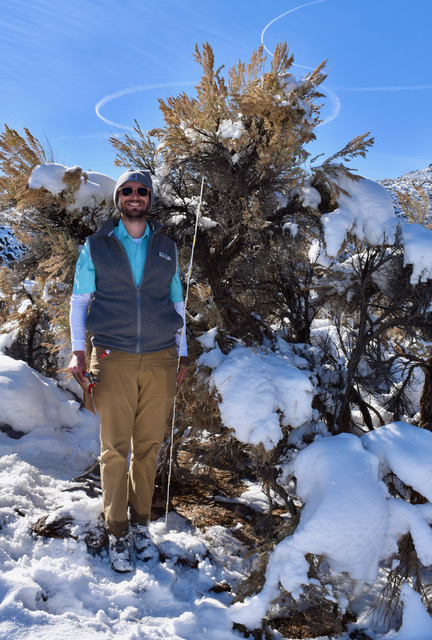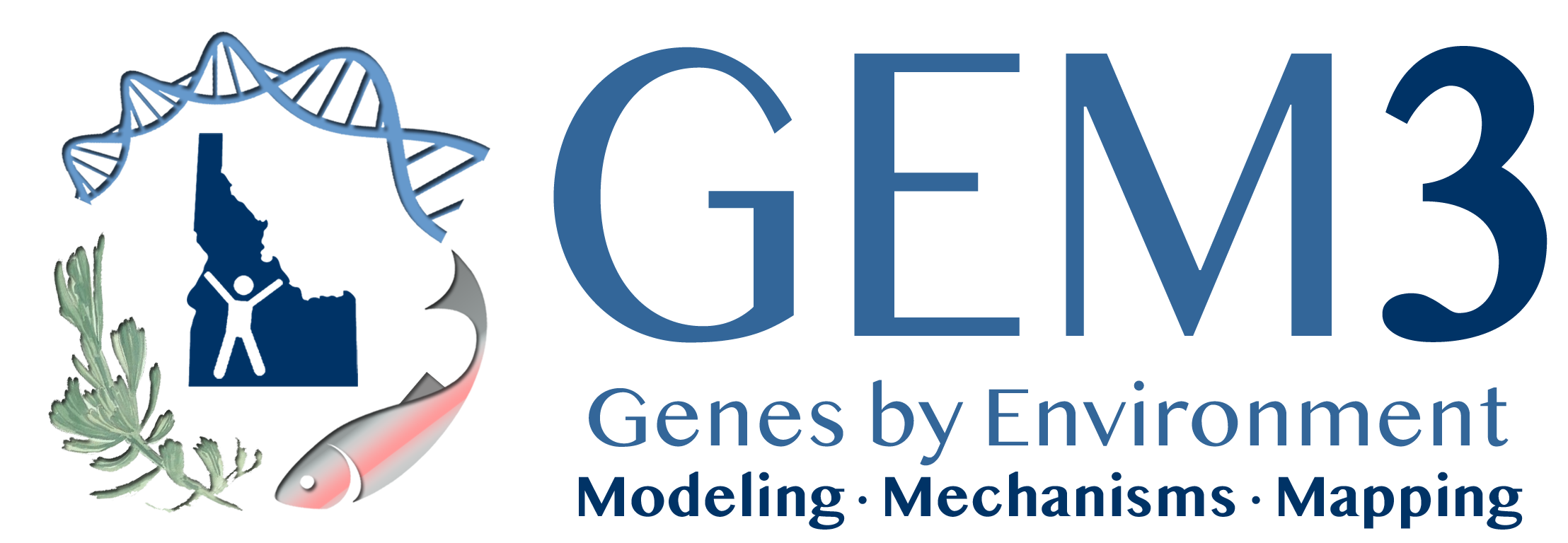It can be easy to take things for granted: sometimes even entire ecosystems. According to the National Wildlife Federations, the sagebrush steppe that we know so well in Idaho covers 165 million acres in the American West and in one Canadian province. Sagebrush itself is a habitat, food source and more for at least 350 species such as sage grouse, Pronghorn antelope, and pygmy rabbits.
But the sagebrush steppe is facing challenges it has never faced before. While the species is no stranger to drought or wildfire, the impacts of climate change, invasive plant species and megafires are taking their toll. According to a report published by the United States Geological Survey, the sagebrush steppe “is one of the most imperiled ecosystems in the world.”
That’s why postdoctoral researcher associate Anthony Melton and assistant professor of biology Sven Buerki are working with collaborators in and outside of Idaho to collect genetic information about sagebrush (Artemisia tridentata from the sunflower family) in order to protect the species and the ecosystem. Through their research, it might be possible to select and establish sagebrush with specific genetic abilities to handle the challenges of climate change.
...
Click link to read the rest of the article.

